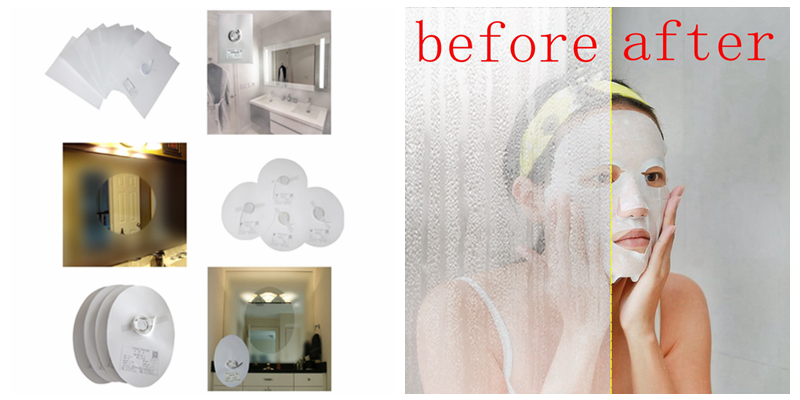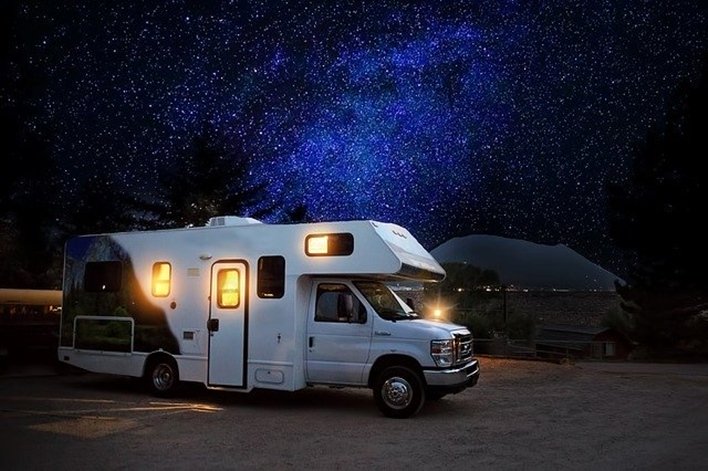When you starting a new lighting installation project, a critical decision is determining the best color temperature for the installation. LED color temperatures can look vastly different from one another and range from a warm candlelight glow to the cool bright fluorescent color. LED lighting is the perfect way to add accent or task lighting anywhere inside of a home. LED lights include LED puck lights, LED Under Cabinet Light and LED Stair Light are all great options that offer a wide range of color temperatures.
Measuring LED Color Temperatures
The first thing to understand about LED color temperatures is to understand how these colors are measured. Color temperature is measured in Kelvin (K) and can range from 1700K to 7000K, with 1700K being a dull match flame glow and 7000K being bright “blue-ish” in color.
LED fixtures (LED strip lights, puck lights, linear lighting, etc.) that have a lower Kelvin rating will appear warmer. While those with a higher color temperature will appear cooler and sometimes blue.

Here is a quick guide to understanding temperatures on a scale:
1700K – dull warm glow similar to a match flame
1900K – warm candlelight
2700K – warm incandescent bulb
3000K – soft white, bright sunrise or sunset
4000K – bright white typical of fluorescent lighting
6500K – Cool, bright similar to a computer monitor
7000K – Ultra-cool bright halogen at highest setting
In most residential and commercial lighting applications, a fixture’s color temperatures will range from 2700K to 4000K. 3000K light is the most common choice and often referred to as soft white. 2700K and 4000K light color are commonly selected too. This range of color temperatures provides the greatest flexibility for usable light for both residential and commercial applications.

The “higher” cooler color temperatures are often found in industrial or specific commercial applications where ultra-bright cool light is required. While the soft and warmer temperatures are often found in under cabinet lighting applications or where dimmable LEDs may be preferred.

















